A University of Iowa researcher has developed two algorithms that can be used to reduce AI racial and gender bias in finance and criminal justice. Qihang Lin, associate professor of business analytics, developed the algorithms with the help of an $800,000 grant from NSF and Amazon.
Tag: NSF

Research to use machine learning to ’reverse-engineer’ new composite materials
Professors at Binghamton University, State University of New York have received NSF grant for deep-learning model that can customize microarchitecture based on specific needs
Groundbreaking Achievement: NSF Daniel K. Inouye Solar Telescope Produces its First Magnetic Field Maps of the Sun’s Corona
The U.S. National Science Foundation (NSF) Daniel K. Inouye Solar Telescope, the world’s most powerful solar telescope, operated by the NSF National Solar Observatory (NSO), achieved a major breakthrough in solar physics by successfully producing its first detailed maps of the Sun’s coronal magnetic fields. This milestone, led by NSO Associate Astronomer Dr. Tom Schad, was recently published in Science Advances, and promises to enhance our understanding of the Sun’s atmosphere and how its changing conditions lead to impacts on Earth’s technology-dependent society. The corona, or the Sun’s outer atmosphere, greatly influences solar winds and space weather events like solar flares and coronal mass ejections. However, the magnetic forces that drive these events and the corona are challenging to measure.
UC Irvine receives record $668 million in research funding for fiscal 2023-24
University of California, Irvine scholars, scientists and physicians continue to blaze new paths to help improve the world. In fiscal 2023-24, which ended June 30, UC Irvine received the most research funding in campus history: $668 million in grants and contracts.

New UNLV Startup is Tapping “Unseen River” of Water Hidden in Ambient Air
WAVR Technologies, first startup to launch from NSF SWSIE resources, advances the search for water sustainability solutions in harsh desert climates.

Biotech Executive and Serial Entrepreneur Appointed to Lead NSF Program Commercializing Technologies from Leading North Carolina Institutions
The Wake Forest Institute for Regenerative Medicine (WFIRM) proudly announces the appointment of Tim Bertram, PhD, as its new Chief Ecosystem Officer. He will serve as the Chief Executive Officer (CEO) of the U.S. National Science Foundation (NSF) multi-million-dollar long-term investment in commercializing advanced regenerative medical technologies from leading North Carolina academic institutions. With an illustrious career marked by innovation and leadership, Bertram brings decades of transformative experience from his tenure at ProKidney, a leading chronic kidney disease therapy company he founded focused on preserving kidney function and controlling kidney failure.
Coastal ecosystems: cracking the code
UC Irvine associate professor of ecology & evolutionary biology studies how warmer ocean water is affecting marine ecosystems, particularly the alarming reality that climate change often favors invasive species over native ones. Cascade Sorte has spent her career unraveling the mysteries of Earth’s changing oceans.
Danforth Center Selected as the First Project of a New Partnership Between NSF and NobleReach
ST. LOUIS, MO., April 11, 2024 – In an exciting endorsement of the work being conducted at the Donald Danforth Plant Science Center, it was recently announced that technology developed by Keith Slotkin, PhD, member, and his laboratory, and funded in part by the National Science Foundation (NSF), was chosen as the very first project of the new NSF/NobleReach partnership.

UNC Collaborates on Regional NSF-Funded Initiative on Climate Resilience
Up to $160 million available over the next 10 years to build climate-resilient communities in the Colorado-Wyoming region
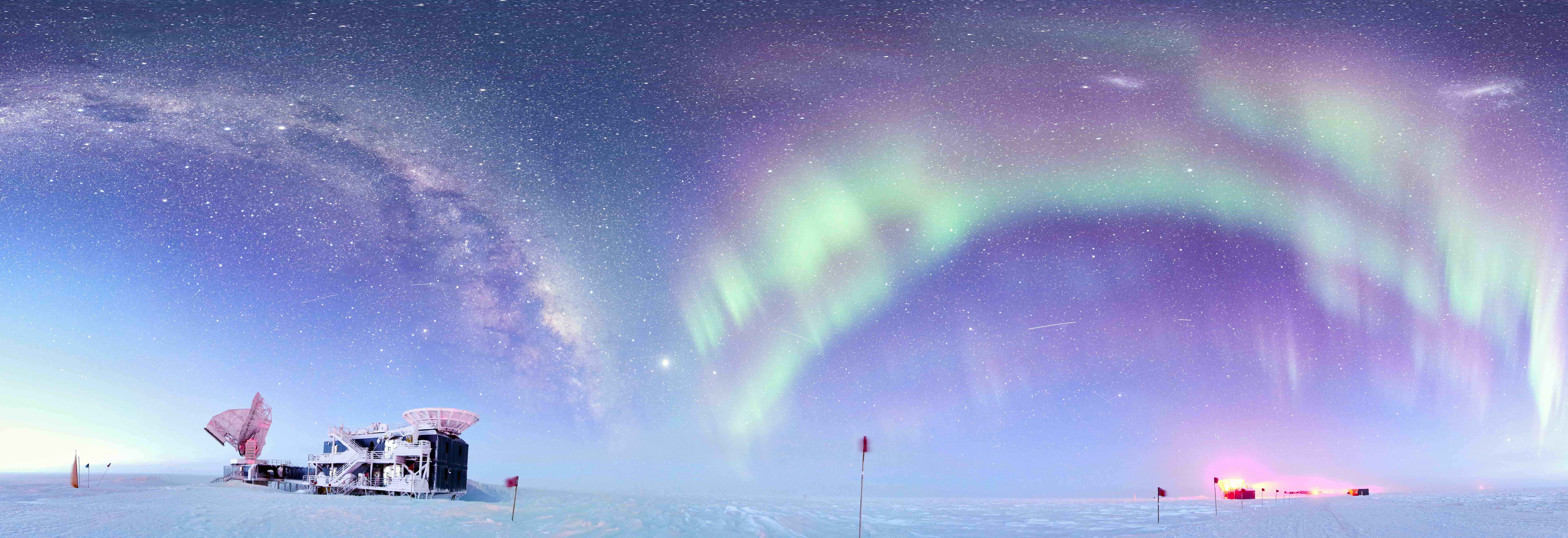
Experiment to Capture Universe’s Earliest Moments Reaches Funding Milestone
The National Science Foundation has awarded up to $21.4 million for the design of telescopes for CMB-S4, an international experiment that will study the cosmic microwave background and help us understand the beginning, history, and makeup of the universe. Berkeley Lab leads the project for DOE and also plays a lead role in technology development.
Mix it, test it, create it: NSF funds automated polymer research instrument at the Beckman Institute
University of Illinois researchers received NSF funding to acquire a fully automated polymer analysis instrument to be housed at the Beckman Institute.
Professor receives grant to develop electronic devices made entirely of paper
A professor at Binghamton University, State University of New York has received a $400,000 grant from the National Science Foundation to develop electronic devices made entirely of paper.
St. Croix: Radio Astronomy in the Caribbean
Although the location of St. Croix is perfect for a VLBA antenna, the island poses significant challenges for using and maintaining a radio antenna. The St. Croix dish is located on the eastern side of the island, almost at sea level. So it is constantly bombarded by salt air, ocean rains, and even the occasional tropical storm.

Curbing waste improves global food security but has limited environmental benefits
Reducing waste is one way to help combat hunger around the world, but stricter control over food loss and waste does not lead to better environmental outcomes, according to researchers at the University of California, Irvine and the University of Colorado Boulder. In a paper published recently in Nature Food, the scientists stress that curbing food spoilage increases the amount of produce in markets, which leads to lower costs.
Interdisciplinary group creating biolubricants to combat arthritis
An interdisciplinary research team received a five-year, $2 million grant from the National Science Foundation to develop a new generation of biosynthetic lubricants that have the potential to treat arthritis and reduce the painful friction of artificial joints.
Baseline 16—Fast Radio Bursts: Bursting with Mysteries
Fast radio bursts are powerful flashes of light that shine for only milliseconds. Join our host Summer Ash of the National Radio Astronomy Observatory as she talks about how astronomers study these mysterious bursts, and what might be causing them.
A Surprise Chemical Find by ALMA May Help Detect and Confirm Protoplanets
Scientists using the Atacama Large Millimeter/submillimeter Array (ALMA) to study the protoplanetary disk around a young star have discovered the most compelling chemical evidence to date of the formation of protoplanets.
UC Irvine-led researchers reveal new molecular mechanism for stimulating hair growth
Irvine, Calif., June 21, 2023 — The process by which aged, or senescent, pigment-making cells in the skin cause significant growth of hair inside skin moles, called nevi, has been identified by a research team led by the University of California, Irvine. The discovery may offer a road map for an entirely new generation of molecular therapies for androgenetic alopecia, a common form of hair loss in both women and men.
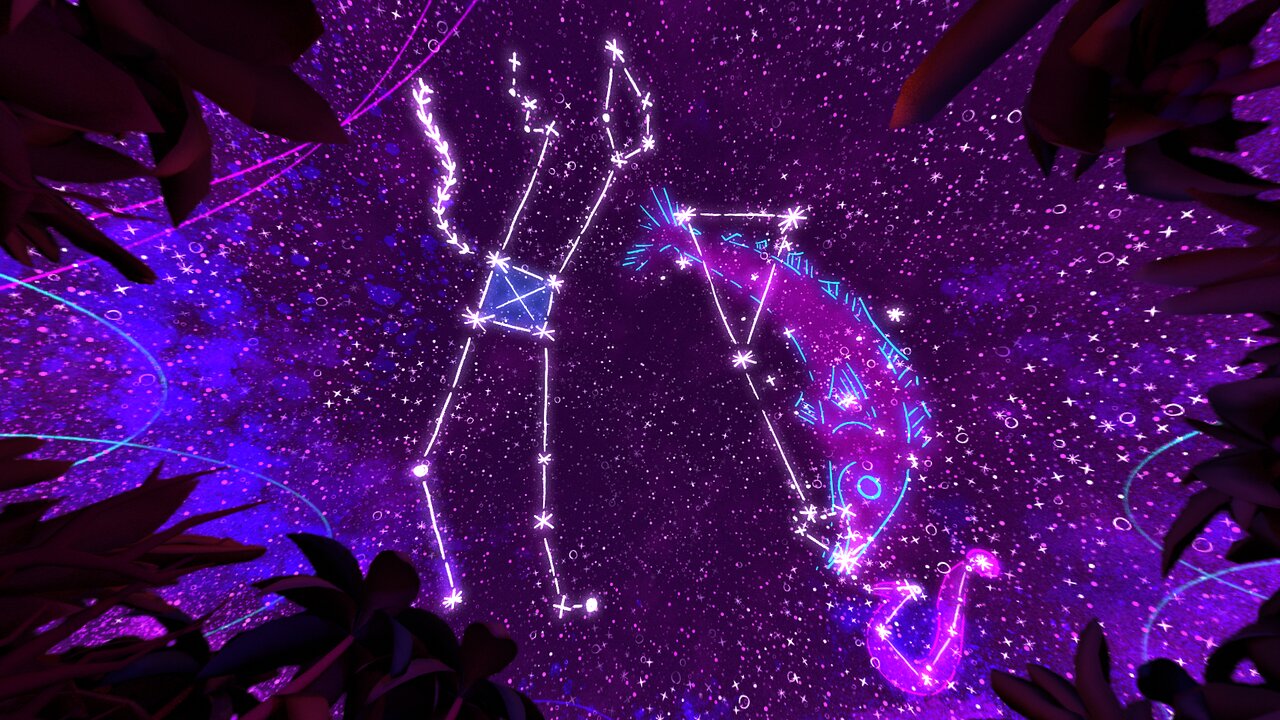
Proyecto One Sky lanza videos para planetarios destacando la importancia y la historia de la astronomía indígena
El Proyecto internacional One Sky (dirigido por el Centro de Astronomía ‘Imiloa en Hawai‘i y patrocinado por el Telescopio de Treinta Metros) realizó una serie de siete cortometrajes en formato fulldome y un largometraje compilado enfocado en la astronomía cultural e indígena. Esta colaboración internacional busca establecer conexiones entre las culturas y aumentar nuestra comprensión sobre las diferentes perspectivas indígenas mientras demuestra cómo nuestro único cielo nos conecta a todos. Estos videos, que recibieron reconocimientos en 2022 y 2023, ahora están disponibles para descarga gratuita y pueden utilizarse en los planetarios de todo el mundo.
Rutgers is Part of NSF-funded Consortium to Advance Photonics Research and Workforce Development
Rutgers is part of a new federally funded regional collaboration to drive economic and technological advancements in photonics, the National Science Foundation (NSF) announced. The consortium, which includes researchers from Rutgers-Newark and Rutgers-New Brunswick, awarded a development grant from the NSF’s Regional Innovation Economic Engine consortium, led by Princeton University and co-led by Rowan University, with partners throughout New Jersey and neighboring states Delaware, Pennsylvania and New York.
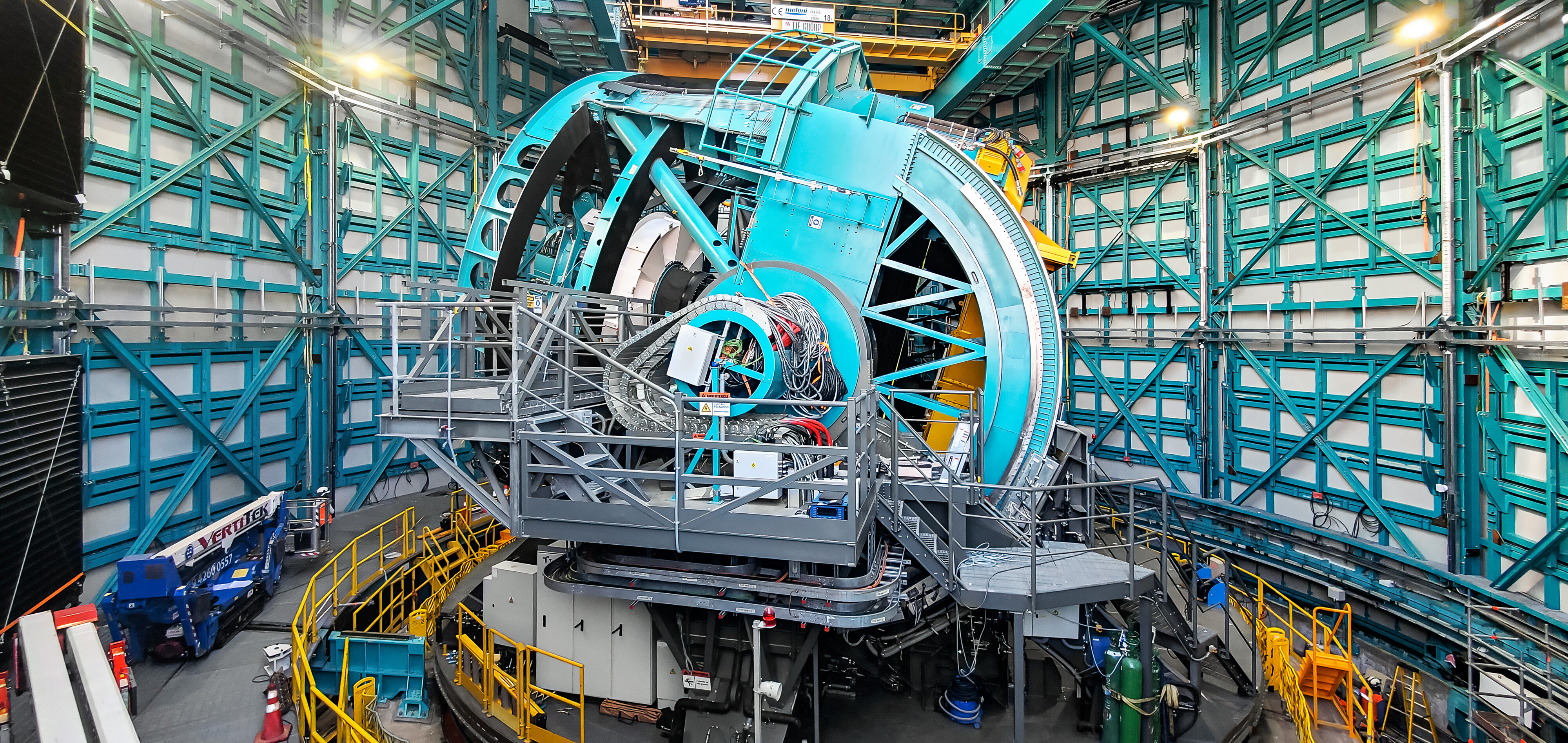
Rubin Observatory Reaches Major Milestone
Vera C. Rubin Observatory has passed a major construction milestone: the telescope structure is ready to be outfitted with a full-size replica of its 8.4-meter mirror and stand-ins for its 3200-megapixel LSST Camera and other critical optical components. This major milestone means that Rubin Observatory is on track to help probe the mysteries of dark matter, study the fundamental nature of dark energy, document the dynamic Universe, and explore other grand challenges of cosmology.
NSF Telescopes Image M87’s Supermassive Black Hole and Massive Jet Together for the First Time
Scientists studying the supermassive black hole at the heart of the M87 galaxy have revealed the origins of the monster’s powerful jet and imaged the jet and its source together for the first time. What’s more, the observations have revealed that the black hole’s ring is much larger than scientists previously believed.
2023 Jansky Fellows Awarded
As a part of its central mission to nurture and inspire the next generation of radio astronomers, the National Science Foundation’s National Radio Astronomy Observatory (NRAO) has selected four outstanding early career professionals for its 2023 Jansky Fellowship.
Baseline 15: Space Lasers! How Astronomers Use Astrophysical Masers
Artificial lasers on Earth are used for everything from scanning grocery items to delicate surgery. But there are also naturally occurring lasers known as astrophysical masers. Join National Radio Astronomy Observatory as we explore what these “space lasers” tell astronomers about the Universe.
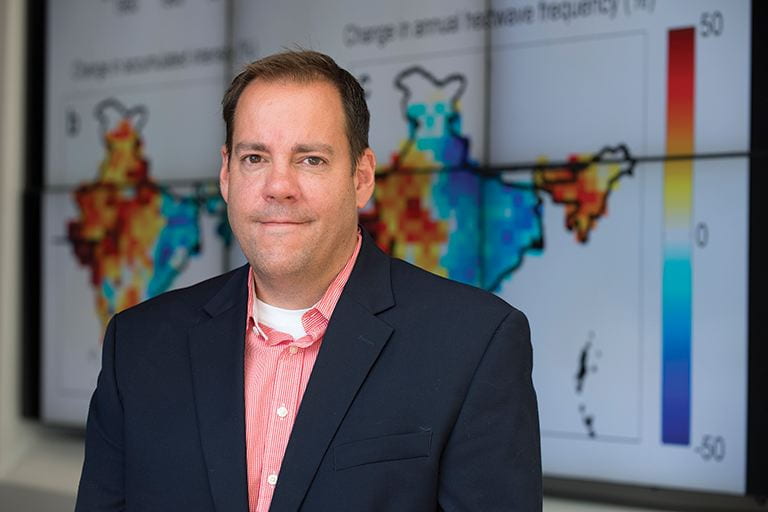
UC Irvine Earth system scientists plot pathways for climate-conscious air travel
With its high-carbon footprint, air travel challenges the goal set by many countries of stabilizing global mean temperature by the middle of the 21st century. The aviation sector could achieve net-zero carbon emissions by 2050 through a combination of technology and a change in habits, but it’s not going to be easy, according to Earth system scientists at the University of California, Irvine.
Science Highlights 2022: Black Holes, Pulsars and Turbulence
The Universe is a dynamic and exciting place, with stars, planets, and galaxies being born, dying, and undergoing dramatic changes. In 2022, the telescopes of the National Science Foundation’s National Radio Astronomy Observatory (NRAO) revealed fascinating new details about several of these processes, and we’re giving you a taste of the greatest radio astronomy moments of the year.
NSF and SpaceX Finalize Radio Spectrum Coordination Agreement
The National Science Foundation (NSF) and SpaceX have finalized a radio spectrum coordination agreement to limit interference from the company’s Starlink satellites to radio astronomy assets operating between 10.6 and 10.7 GHz. The agreement, detailed in a statement released by NSF today, ensures that Starlink satellite network plans will meet international radio astronomy protection standards, and protect NSF-funded radio astronomy facilities, including the National Radio Astronomy Observatory (NRAO) and the Green Bank Observatory (GBO).
Tackling Crowd Management in Subways during Pandemics
Mass transit, and subways in particular, are essential to the economic viability and environmental sustainability of cities across the globe. But public transit was hit hard during the COVID pandemic and subways especially experienced substantial drops in ridership.
FAU Receives NSF Grant for Secure Communications Over 5G Networks
Researchers have joined forces to create a universal radio adapter that will enable seamless and secure operations through non-cooperative indigenous 5G networks for U.S. military, government and critical infrastructure systems.
UCI-led study finds pay practices, job barriers to blame for women making less than men
Irvine, Calif., Nov. 28, 2022 — Despite advances in gender equality, women still earn less than men in all advanced, industrialized societies. Who – or what – is to blame? A new 15-country study led by Andrew Penner at the University of California, Irvine, divides fault evenly between inequitable within-job salary structures and the decisions that route men and women into differently compensated roles.
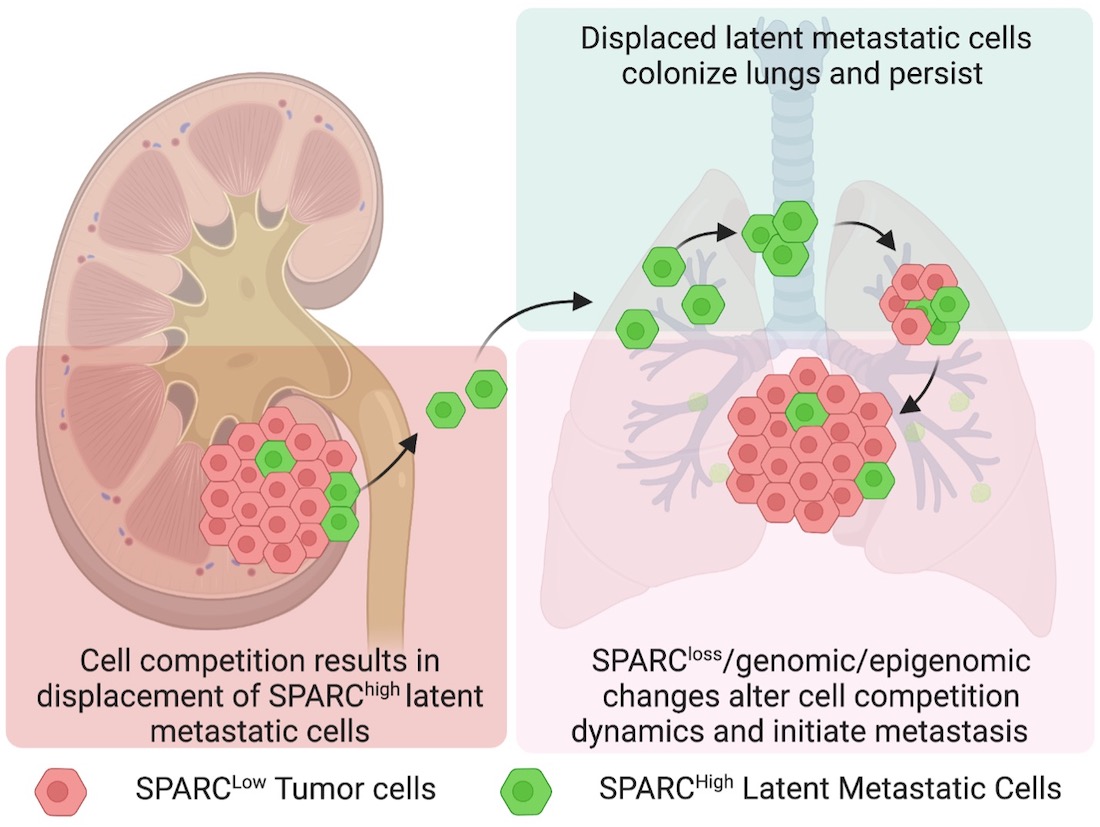
Cell competition may explain cancer relapses, UT Southwestern research suggests
A normal process called cell competition, in which healthy tissues eliminate unhealthy cells, could be responsible for cancer relapses in patients months or years after they were declared cancer-free
Astronomers Discover Closest Black Hole to Earth
Astronomers using the International Gemini Observatory, operated by NSF’s NOIRLab, have discovered the closest-known black hole to Earth. This is the first unambiguous detection of a dormant stellar-mass black hole in the Milky Way. Its close proximity to Earth, a mere 1600 light-years away, offers an intriguing target of study to advance our understanding of the evolution of binary systems.

NRAO’s Marian Pospieszalski Receives EuMA Pioneer Award
The European Microwave Association (EuMA) has announced Marian Pospieszalski— a senior research engineer at the National Science Foundation’s National Radio Astronomy Observatory (NRAO)— as the recipient of its 2022 Pioneer Award. The EuMA Pioneer Award recognizes individuals responsible for noteworthy advances in the field of microwaves that have had a lasting and significant impact on the microwave community.
Rutgers Researchers Aim to ‘Edit’ Proteins in Humans and Attain Insight into Illness
Rutgers researchers are seeking to develop the technology to modify or “edit” protein molecules in the body—an advance that could spur major breakthroughs in human health.
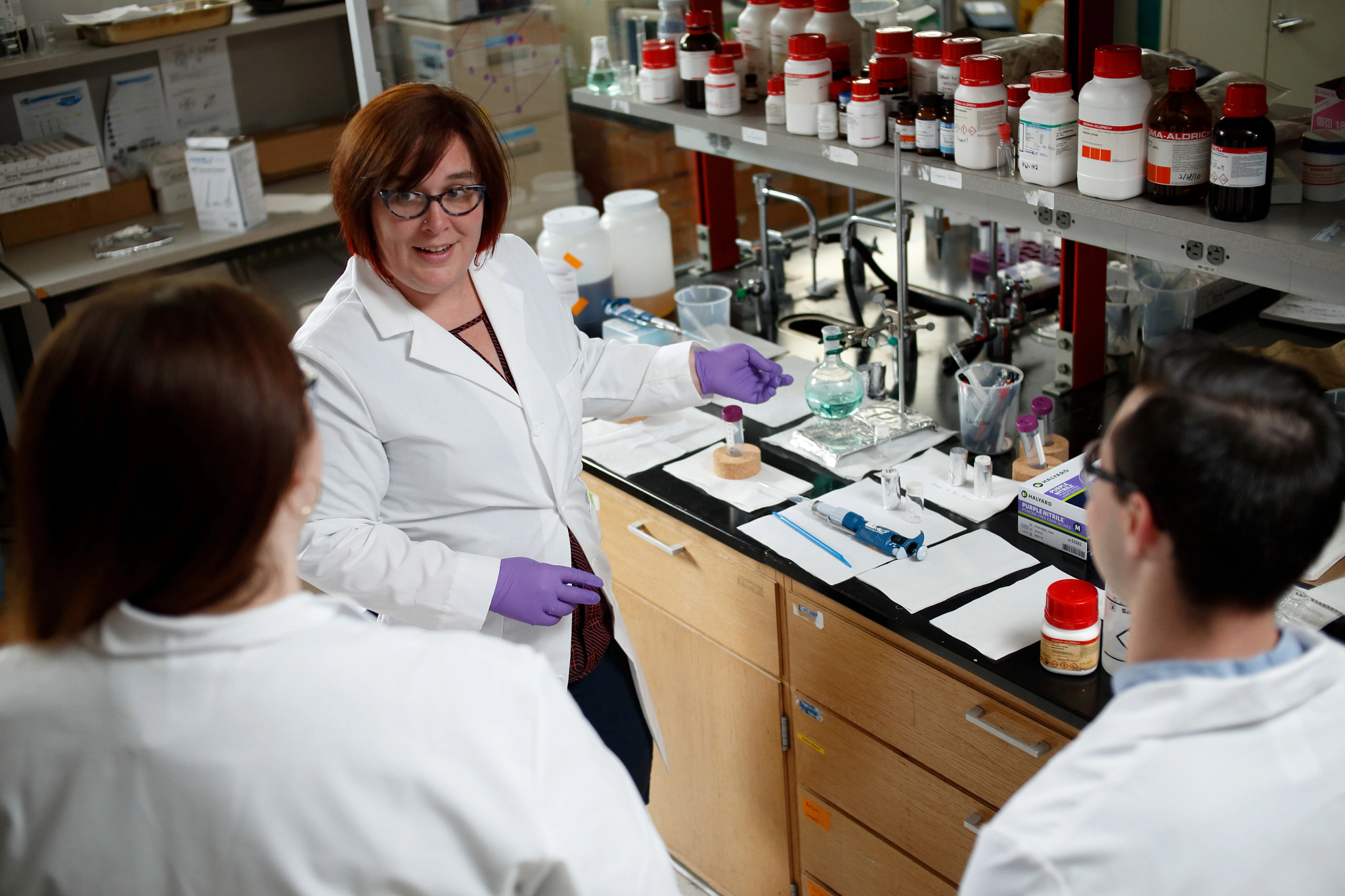
IU to lead NSF-funded center focused on transforming nanocrystal research
A multi-institution team of researchers led by Indiana University chemist Sara Skrabalak has been awarded $1.8 million from the NSF to establish a research center focused on transforming nanocrystal discovery and design.
NRAO Expands Radio Dynamic Zone Testing with Support from NSF
Following a generous grant from the National Science Foundation’s Spectrum Innovation Initiative (SII), NSF’s National Radio Astronomy Observatory (NRAO) will expand efforts to establish and support the co-existence of research and commercial entities across the radio spectrum.
ALMA Witnesses Deadly Star-Slinging Tug-of-War Between Merging Galaxies
While observing a newly-dormant galaxy using the Atacama Large Millimeter/submillimeter Array (ALMA) and the Hubble Space Telescope (HST), scientists discovered that it had stopped forming stars not because it had used up all of its gas but because most of its star-forming fuel had been thrown out of the system as it merged with another galaxy. The result is a first for ALMA scientists. What’s more, if proven common, the results could change the way scientists think about galaxy mergers and deaths.

UCI receives $580 million in research funding for fiscal 2021-22
Irvine, Calif., Aug. 25, 2022 — From monitoring sandy beaches to gauge the effects of sea-level rise to holding clinical trials for potentially lifesaving cancer treatments, scholars, scientists and physicians at the University of California, Irvine are blazing new paths to help change the world. And their impact keeps growing.
Resultados sin precedentes de HL Tau alcanzados por ALMA en 2014 superan las 1000 citaciones en menos de una década
Los datos observacionales sin precedentes de HL Tau obtenidos por el Atacama Large Millimeter/submillimeter Array (ALMA) en 2014 han sido citados en más de mil estudios científicos en los últimos 7 años y medio. Ello ha permitido que la comunidad astronómica logre importantes avances en el estudio de la formación de planetas.El hito se produce cuando los ingenieros del Observatorio Nacional de Radioastronomía (NRAO) de la Fundación Nacional de Ciencias de EE. UU. se embarcan en ambiciosas actualizaciones de los receptores responsables de la claridad de las observaciones iniciales.
ALMA’s 2014 Ground-Breaking HL Tau Results Have Appeared in Over 1,000 Scientific Papers in Less Than a Decade
Ground-breaking 2014 HL Tau observational data from the Atacama Large Millimeter/submillimeter Array (ALMA) has been cited in more than 1,000 scientific studies in the past 7.5 years, aiding in major breakthroughs in scientists’ understanding of planet formation. The milestone comes as engineers at the U.S. National Science Foundation’s National Radio Astronomy Observatory (NRAO) embark on ambitious upgrades to the receivers responsible for the clarity of initial observations.
ALMA Makes First-Ever Detection of Gas in a Circumplanetary Disk
Scientists using the Atacama Large Millimeter/submillimeter Array (ALMA)— in which the National Radio Astronomy Observatory (NRAO) is a partner— to study planet formation have made the first-ever detection of gas in a circumplanetary disk. What’s more, the detection also suggests the presence of a very young exoplanet.
Revelación explosiva: observan por primera vez destello de fusión de estrella de neutrones en luz milimétrica
Gracias al Atacama Large Millimeter/submillimeter Array (ALMA) por primera vez un equipo de investigación detectó luz en longitudes de onda milimétricas proveniente de una fuerte explosión causada por la fusión de una estrella de neutrones con otra estrella.
Out With a Bang: Explosive Neutron Star Merger Captured for the First Time in Millimeter Light
Scientists using the Atacama Large Millimeter/submillimeter Array (ALMA) have for the first time recorded millimeter-wavelength light from a fiery explosion caused by the merger of a neutron star with another star.
NSF-funded project looks at protecting security of marginalized and vulnerable populations
Using a $7.5 million grant from the National Science Foundation (NSF), University of Florida engineers are leading a new effort to understand how groups like the poor, children and the elderly, and the disabled are marginalized by current technologies like smartphones and video conferencing and how current and future technologies can be designed to be more inclusive.
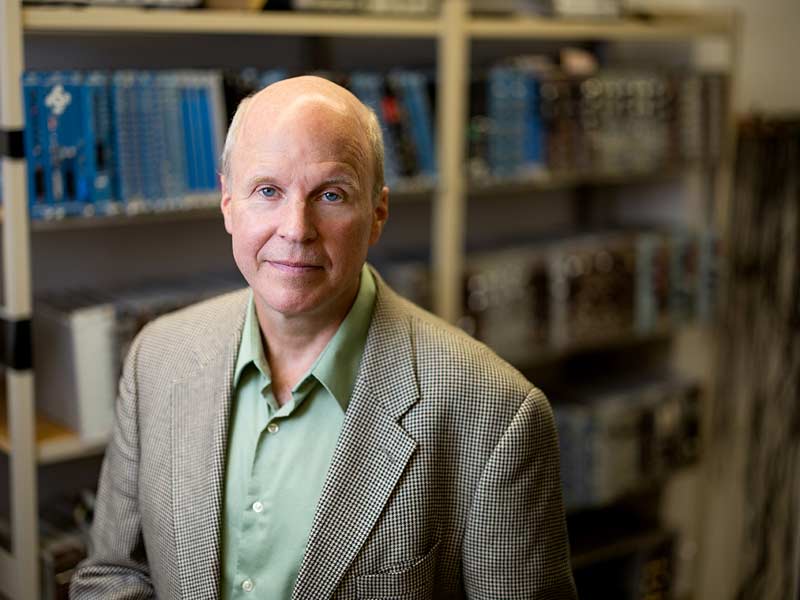
Tulane physicist awarded $8.2 million to precisely measure lifetime of the free neutron
The $8.2 million grant is the largest is the largest ever direct NSF award to Tulane.

AUI and NRAO Announce 2022 NAC Bridge Scholarship Recipients
Six NAC alums have accepted offers from outstanding graduate programs around the country. Each will receive a $5,000 AUI Board of Trustees NAC Bridge Scholarship Award, with AUI and NRAO’s congratulations and best wishes for a smooth start to an exciting new chapter of their lives.
ALMA obtiene vista privilegiada de duelo entre fuerzas opuestas en incubadora de Gran Nube de Magallanes
Tras usar el Atacama Large Millimeter/submillimeter Array (ALMA) para observar regiones donde se forman estrellas en la Gran Nube de Magallanes, un equipo de investigación descubrió la existencia de un turbulento fenómeno de tira y afloja en la incubadora 30 Doradus. Las observaciones revelaron que, a pesar de una intensa retroalimentación estelar, la gravedad está incidiendo en la forma de la nube molecular y, contra todo pronóstico, fomentando la formación de estrellas jóvenes y masivas. Los resultados de las observaciones se presentaron hoy en una conferencia de prensa durante la asamblea n.o 240 de la Sociedad Astronómica Estadounidense (AAS, en su sigla en inglés), celebrada en Pasadena (California, EE. UU.), y se publicarán la revista The Astrophysical Journal (ApJ).
ALMA gets front-row seat to an ongoing star-formation standoff in the Large Magellanic Cloud
While using the Atacama Large Millimeter/submillimeter Array (ALMA) to observe large star-forming regions in the Large Magellanic Cloud (LMC), scientists discovered a turbulent push-and-pull dynamic in the star-forming region, 30 Doradus. Observations revealed that despite intense stellar feedback, gravity is shaping the molecular cloud, and against scientific odds, is driving the ongoing formation of young, massive stars. The observations were presented today in a press conference at the 240th meeting of the American Astronomical Society (AAS) in Pasadena, California, and are published in The Astrophysical Journal (ApJ).
Undergraduate Researcher Captures Young Galaxy’s “Coming of Age” and Finds Evidence That Early Galaxies May Be Bigger and More Complex Than We Thought
Scientists using the Atacama Large Millimeter/submillimeter Array (ALMA)— an international observatory co-operated by the US National Science Foundation’s National Radio Astronomy Observatory (NRAO)—have observed a significant amount of cold, neutral gas in the outer regions of the young galaxy A1689-zD1, as well as outflows of hot gas coming from the galaxy’s center. These results may shed light on a critical stage of galactic evolution for early galaxies, where young galaxies begin the transformation to be increasingly like their later, more structured cousins. The observations were presented today in a press conference at the 240th meeting of the American Astronomical Society (AAS) in Pasadena, California, and will be published in an upcoming edition of The Astrophysical Journal (ApJ).
Scientists on the Hunt for Planetary Formation Fossils Reveal Unexpected Eccentricities in Nearby Debris Disk
Using the Atacama Large Millimeter/submillimeter Array (ALMA), astronomers have imaged the debris disk of the nearby star HD 53143 at millimeter wavelengths for the first time, and it looks nothing like they expected. Based on early coronagraphic data, scientists expected ALMA to confirm the debris disk as a face-on ring peppered with clumps of dust. Instead, the observations took a surprise turn, revealing the most complicated and eccentric debris disk observed to date.